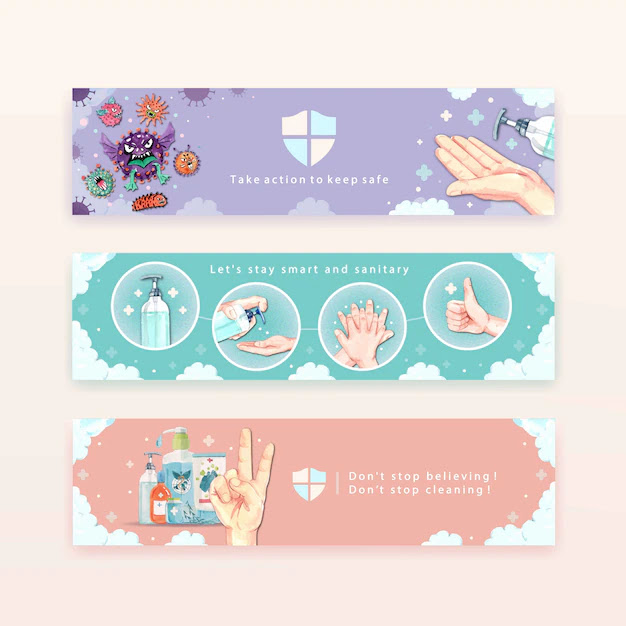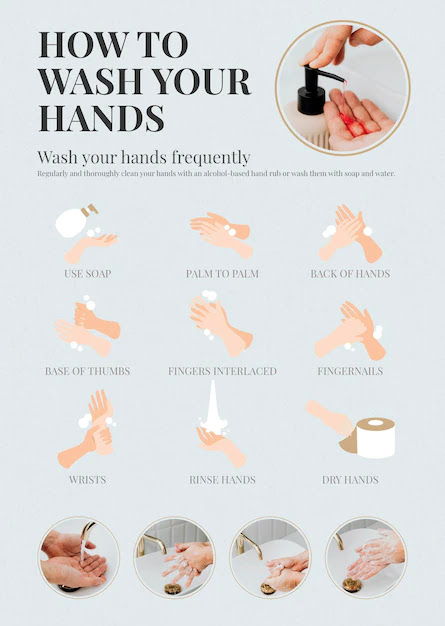Hand hygiene is a fundamental practice that plays a crucial role in preventing the transmission of infectious diseases. The World Health Organization (WHO) introduced the concept of "Five Moments of Hand Hygiene" to standardize and guide healthcare workers and individuals in performing hand hygiene effectively. These five moments serve as a framework to identify the key points when hand hygiene should be performed to minimize the risk of infection. In this comprehensive guide, we will explore each of the 5 moments of hand hygiene in detail, highlighting their importance and providing practical recommendations for suitable hand hygiene.
5 Moments of Hand Hygiene
Moment 1: Before Touching a Patient:
The first moment of hand hygiene occurs before any physical contact with a patient or their immediate environment. This moment is crucial to prevent the transfer of microorganisms from healthcare workers to patients. Healthcare professionals should perform hand hygiene in this instance to ensure patient safety. It is recommended to use an alcohol-based hand rub (ABHR) or to wash hands with soap and water if they are visibly dirty. Suitable technique, including covering all surfaces of the hands, fingers, and wrists, should be followed for at least 20 seconds.
Moment 2: Before Clean/Aseptic Procedures:
Hand hygiene should be performed before carrying out any clean or aseptic procedures, such as inserting an intravenous line or handling sterile equipment. These procedures require a higher level of cleanliness to reduce the risk of introducing harmful microorganisms into sterile areas of the body. Healthcare workers should use ABHR or wash their hands with soap and water before these procedures, ensuring that their hands are thoroughly dry before proceeding.
Moment 3: After Body Fluid Exposure Risk:
The third moment of hand hygiene occurs after the risk of exposure to bodily fluids, such as blood or respiratory secretions. Healthcare workers may come into contact with these fluids during tasks like handling patient wounds, suctioning, or assisting with respiratory procedures. Suitable hand hygiene following these encounters is essential to prevent the transmission of pathogens. Handwashing with soap and water is recommended, especially if hands are visibly dirty. ABHR can be used if hands are not visibly dirty, ensuring all surfaces are covered and rubbed until dry.
Moment 4: After Touching a Patient:
Hand hygiene should be performed immediately after physical contact with a patient, their immediate environment, or their surroundings. Healthcare workers may unknowingly pick up microorganisms from these sources, and accurate hand hygiene minimizes the risk of transmission to other patients or healthcare personnel. ABHR is the preferred method in this moment, unless hands are visibly dirty, in which case handwashing with soap and water should be done.
Read More: Emotional Safety
Moment 5: After Touching Patient Surroundings:
The fifth and final moment of hand hygiene occurs after touching the patient's surroundings, such as bed rails, tables, or medical equipment. These surfaces can harbor infectious microorganisms and act as reservoirs for transmission. Hand hygiene should be performed to prevent the transfer of pathogens from contaminated surfaces to patients or healthcare workers. ABHR is recommended unless hands are visibly dirty, in which case handwashing with soap and water is necessary.


Conclusion
FAQ
Ques 1: What are the 5 moments of hand hygiene systematic review?
Ans: The "5 Moments of Hand Hygiene" refer to a framework designed to promote proper hand hygiene in healthcare settings. The systematic review evaluates these moments, which include: 1) Before touching a patient, 2) Before a clean/aseptic procedure, 3) After body fluid exposure, 4) After touching a patient, and 5) After touching patient surroundings.
Ques 2: Who designed the 5 moments of hand hygiene?
Ans: The "5 Moments of Hand Hygiene" were designed by the World Health Organization (WHO) as a framework to promote proper hand hygiene practices in healthcare settings. These moments emphasize the critical times when healthcare workers should perform hand hygiene to prevent the spread of infections and ensure patient safety.
Ques 3: What is the purpose of hand hygiene?
Ans: Hand hygiene is essential for preventing the spread of infections. It helps remove harmful microorganisms from hands, reducing the risk of transmitting diseases. Proper hand hygiene, through techniques like handwashing and using hand sanitizers, is crucial in healthcare, public settings, and everyday life to protect individuals and promote overall community health.
Ques 4: Who is the father of hand hygiene day?
Ans: The father of Hand Hygiene Day is Dr. Ignaz Semmelweis. He was a Hungarian physician who advocated for handwashing in medical settings to prevent the spread of infections. His work laid the foundation for modern hand hygiene practices, which are now celebrated annually on May 5th.
Ques 5: Why do we wash hands for 20 seconds?
Ans: Washing hands for 20 seconds is recommended by health experts to ensure thorough cleaning. This duration is considered adequate to effectively remove dirt, germs, and viruses. It helps protect against illnesses by properly covering all parts of the hands, including the often overlooked areas, promoting better hygiene and reducing the risk of spreading infections.








Do Leave Your Comment